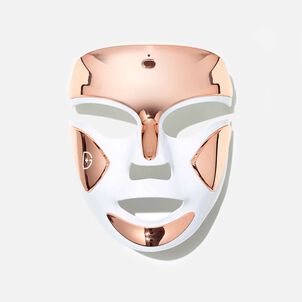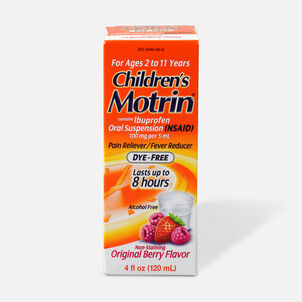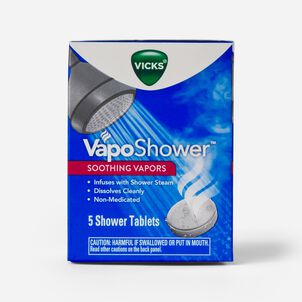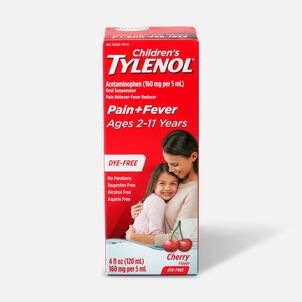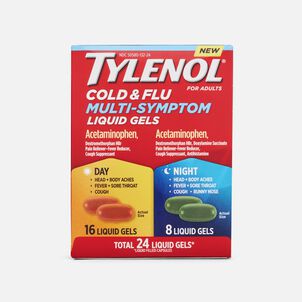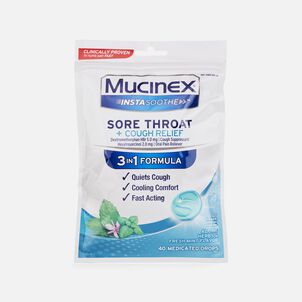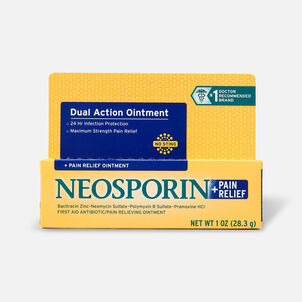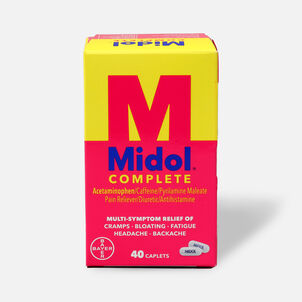 | SHOP NOW
| SHOP NOWIn August, the Trump administration made headlines by approving a slew of new short-term health insurance plans. These plans don't follow the Affordable Care Act's rules. Many don't offer coverage for prescription drugs, prenatal and maternity care, mental health, or preexisting conditions.
Before, short-term health plans were only allowed for three months. But the new rule allows the plan to last up to 364 days, with extensions up to 36 months. Before you're sold on the lower monthly premiums, you need to understand what you're signing up for. The stripped down coverage may not be the bargain you expect.
What are short-term health plans?
Short-term, limited duration health plans were originally created for temporary gaps in coverage. These policies usually last less than a year and often put a cap on how much you can spend.
One distinct feature of short-term health plans is they aren't renewable. This means your coverage ends once the term is over, and you'll have to apply again to continue. If your health situation changes, it's possible you won't qualify. That's one of the biggest downsides of short-term health plans -- they don't have to cover pre-existing conditions.
Short-term health plans have a lot of limitations:
- Plans require medical underwriting. You can be denied or charged more for any reason.
- Pre-existing conditions won't be covered. If you get sick, your plan could look for reasons to label your illness as pre-existing and deny coverage.
- You won't have access to the same essential benefits as other plans on the exchange.
- Your plan may be subject to annual or lifetime limits.
- There is no limit on sharing health costs with your insurer. Plans on the exchange capped this at $7,350 for 2018.
- You won't have the same protections as plans from the exchange. Plans on the exchange must pay out at least 80% of premiums in benefits. For short-term health plans, the average is 50%.
Because short-term health plans don't follow the Affordable Care Act, enrolling this fall could cost you. Congress nixed the individual mandate, but the rule won't apply until 2019.
What's covered by short-term health plans?
You may notice short-term health plans priced at 20% or less than regular plans. But like so many things — you get what you pay for. Short-term health plans are a fraction of the cost because they offer a fraction of the coverage.
If you rely on health insurance for prescriptions, mental health, or substance abuse treatment, expect to pay for these out-of-pocket. The same goes for prenatal and maternity care. A recent Kaiser Family Foundation survey revealed most plans won't cover you. Those that do have exclusions and limitations to wrestle with. They found six of the seven plans cap prescription drug coverage to $3,000 per year.
With gaps like these, it's easy to see why states like Massachusetts and New Jersey have banned the sale of short-term health plans entirely.
When do they make sense?
There are times when a lapse in health insurance is unavoidable. If you leave your job or family loses coverage, a short-term health plan could fill the gaps. It could be a temporary solution, as long as you understand the risks. If you enrolled in a short-term health plan this year, you can estimate how much you'll owe for the individual mandate penalty here.
A few final words...
President Trump plugged short-term health plans as "much less expensive health care at a much lower price." And for the right candidates, they might be. But enrolling can be a risky move. The coverage gaps and limits could mean paying a lot of money on basic healthcare. Picking an HDHP from the exchange may actually save you more — with better benefits.
--
Compound It! is your weekly update of achievable, effective, no-nonsense HSA saving and investment advice, delivered by people who make it work in their own lives. For the latest info about your health and financial wellness, be sure to check out the HSA Learning Center, and follow us on Facebook and Twitter.


.png)
